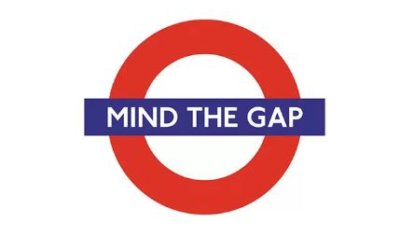I reference my previous installment on student loans. In that submission, I argue for using additional social security withholding in order to satisfy student loan payments. Attention is now turned to the responsibility of the institution itself, particularly as it applies to student loan default rates.
First, a scenario.
Presume that a husband stays home with a new baby while his wife continues to provide earnings to keep the family afloat. While the husband is home, he will not be earning anything so will not have any federal student loan payments withheld from his pay. Presuming his wife keeps working, he will be required to make separate loan payments based on a 20 year amortization, meaning that a $22,000 loan balance will require $133 per month in payments. That’s not an insurmountable sum to manage.
When he returns to work, the withholding process identified in the previous post would supersede the monthly payment he was making. Whatever he makes would be sufficient to keep him in good stead with government lenders.
Now, presume that he doesn’t make the $133 payments, even though the family is considered to have the resources to pay that amount. As things stand today, late fees will be added with eventual collections efforts pursued. Without sufficient activity, the loan winds up in default. Unless and until he pays, the government is out the funds, requiring congress to replenish the lost principal. It can be quite expensive as both a process and with respect to outcomes.
A goodly number of proprietary schools (for-profits) and a variety of other institutional profiles tend to spawn student debt portfolios with eye-popping default rates. Some are in excess of twenty-five percent, meaning that congress keeps pouring more and more money into the program just to maintain loan availability – to say nothing of increasing the pot.
My suggestion here (in concert with the withholding idea in my previous post) is to have colleges reimburse the government for rates of default beyond a certain level. Essentially, this introduces a form of recourse with respect to federal student loans. The threshold for requiring the college to reimburse the government for delinquent borrowers would be determined by the interest rate on loans. So, if the rate is 4%, the school gets a pass for a 4% delinquency rate. Anything above that has to be reimbursed on an annual basis. This would be a direct deduction from the draw-down of federal funds each fall.
So, if a school has a 25% delinquency rate, they may want to think twice about how business is being done.
In the end, the college would be motivated to ensure that students who participate in the federal loan program land good jobs and stay current on their payments. Certainly, the process of withholding loan payments from earnings in parallel with social security will reduce delinquencies markedly. For those who tend to lose students before graduation or who care little about earning ability, this could be a wake-up call. For most who have low default rates, this would be a fair way to avoid the pot being emptied.
What do you think?



